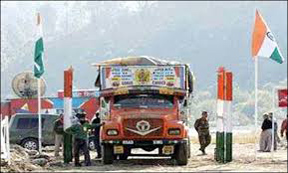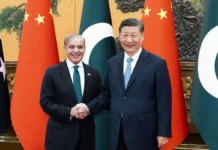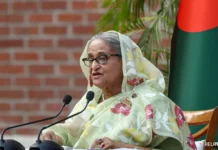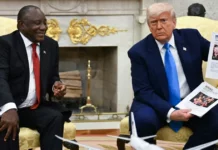 ISLAMABAD: Trade between India and Pakistan has been continuously rising despite recurring border tensions but is yet to tap its estimated potential of USD 12 billion, according to a study compiled by the SAARC Chamber of Commerce and Industry.
ISLAMABAD: Trade between India and Pakistan has been continuously rising despite recurring border tensions but is yet to tap its estimated potential of USD 12 billion, according to a study compiled by the SAARC Chamber of Commerce and Industry.
According to the SAARC Chamber’s research report, the two nations have been trade partners since the beginning but the trade potential has remained under-utilized due to conflicts.
The study shows that bilateral trade was just USD 132 million till 1995 but increased in the coming years after India granted the Most Favored Nation (MFN) status to Pakistan in 1996, immediately taking bilateral trade to USD 180.
Pakistan responded by increasing the tradable items list to 600 but has refused to give MFN to India due to political and economic reasons.
At present, of the total 7,200 tariff lines, 1,209 items are on the negative list. Their trade volume stands at an improved USD 2.4 billion, which is just a fraction of the informal trade between the two countries.
“They indulge in informal trade to the tune of USD 13 billion per annum through avenues like cross-border smuggling and personal baggage,” the study said.
“Their formal trade potential is estimated at USD 12 billion,” it said.
Pakistan will greatly benefit through increased trade activities between the two countries as its gross domestic product (GDP) will grow by a further 2 per cent in the next three years and exports to India will rise to Rs 250 billion in a short time, an increase of 733 per cent from the current level of Rs 30 billion, the study is quoted by the Express Tribune as saying.
Apart from these, Pakistan could save Rs 100 billion in import of goods from India, which are currently sourced from other countries, mainly due to the low transport costs, the study said.
Cheap raw material imports from India could also help in boosting exports of finished goods to Rs 200 billion, it said.
The study shows that bilateral trade will generate 500,000 new jobs in different sectors in three years. “As the size of formal trade increases, the volume of illegal trade will definitely decrease, which could generate additional revenue for Pakistan,” the study suggests.
Despite the potential many business groups, especially the agriculture, pharmaceutical and auto sectors, are still cautious, as they do not want trade at the expense of domestic industry.
They demand a level playing field before opening the country’s markets to equip themselves to compete in the much bigger economy of India.
This lower-than-potential trade is a key impediment to the growth of South Asia’s exports to the rest of the world as well as expansion of trade in the region, the study says.
Pakistan and India account for more than 90 per cent of South Asia’s GDP. Intra-regional trade amounts to just over 1 per cent of the region’s GDP against 2.7 per cent for the Middle East and Africa and 7 per cent for Latin America and East Asia. The rate for Europe and Central Asia is 16 per cent.–PTI







